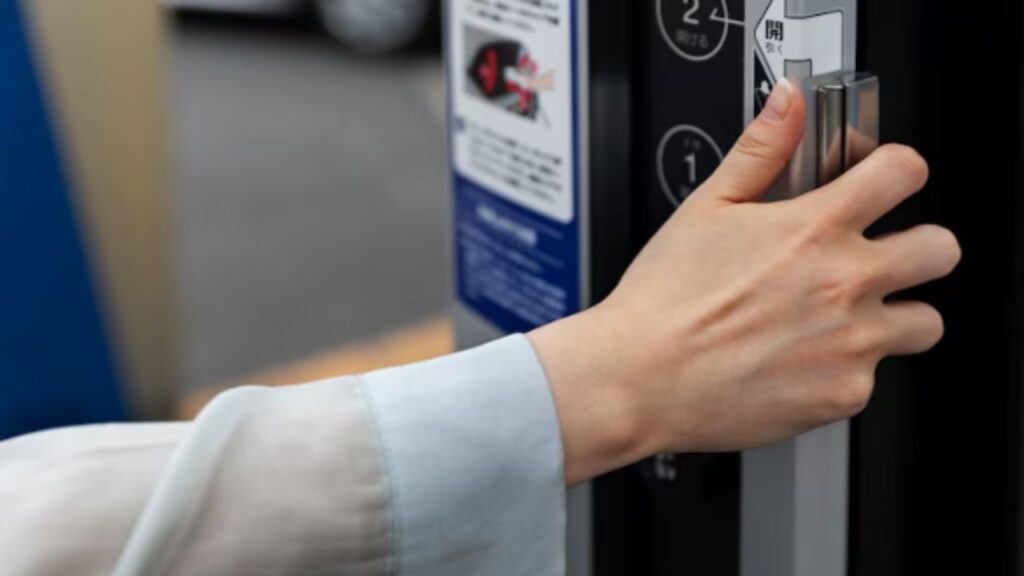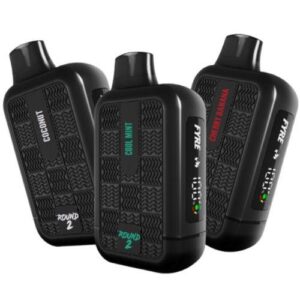In today’s fast-moving world, smart home technology has become part and parcel of modern living. And, indeed, Singapore is not to be left behind, since this innovation-adoption city-state is highly taking advantage of its digital locks, especially the Singapore smart door lock, by being in pursuit of its integration into other automation systems of the home. This integration allows one to experience convenience and gives greater security, making homes wiser and even safer.
Indeed, understanding how to seamlessly integrate a digital lock with other devices into home automation transforms the way we actually live. In this blog, we look at how this is achieved and such possible benefits of the said integration.
Benefits of Integrating Singapore Smart Door Locks with Home Automation Systems
While it connects your smart door lock in Singapore to other smart devices that will be found within your premises, it opens an entire world of possibilities. A few of the primary benefits will include:
- Enhanced Security: The Smart Lock integrated with surveillance cameras or motion sensors automatically turns on the camera and records the entry attempts. Thus, you can keep tabs on your home much more effectively and with greater ease.
- Convenience: Since it comes with controlling different devices from one platform, it minimises the complexity of managing your home. Imagine unlocking the door and changing lights or temperatures with one app.
- Energy Efficiency: Smart locks, themselves, can bring in a share of energy efficiency when integrated into other systems of your house. You could program such that every time you leave the house by locking it, it automatically switches off the lights and air conditioning.
- Automation: Integrating your smart lock with voice assistants such as Alexa, Google Assistant, or Apple’s Siri allows for complete hands-free control of your home, adding both convenience and an extra layer of sophistication to your home automation system.
How to Integrate a Singapore Smart Door Lock with Other Home Automation Systems
1. Choose the Right Smart Lock
This would involve the selection of the correct smart lock that is compatible with various automation systems of the home; many digital locks in SG models in the market in Singapore have been designed to be interoperable, hence suitable for integration. Check that the model is compatible with either Google Home, Apple HomeKit, or Amazon Alexa before buying.
2. Smart Hub
A smart hub is a point from which all your smart devices will communicate with the rest. A hub is necessary for doing whole-house automation. Devices from brands such as Samsung SmartThings, Google Nest Hub, or Apple HomePod will do this job. Integrating your smart door lock in Singapore to a smart hub allows you to hook it up with other appliances such as smart lighting, cameras, and thermostats.
3. Installing the Right Apps
Most smart locks have their own app with which you operate the lock remotely. If integrated into a wider home automation setup, you may need additional applications, depending on the ecosystem you’re working with. The use of Alexa, for example, will require the Alexa app to manage the connection between the smart lock and other devices. Make sure the app of the smart lock would be able to communicate with the hub and other devices.
4. Set Up Automation and Routines
The core of any smart home setup is automation. Once you have integrated your digital lock in SG with a home automation system, you can set up custom routines. For example:
- Unlock the door and turn on the lights: One of the more common automations is unlocking the front door and having lights turn on at the same time.
- Lock the door and adjust the thermostat: Perhaps when you lock the door while leaving, the system automatically adjusts the thermostat to an energy-saving mode.
You can create these routines using the app from the smart hub and the voice assistant responsible for controlling your devices.
Compatibility Issues of Smart Door Locks in Singapore
Most of the digital locks are designed to work with standard home automation systems. One needs to be aware of any possible compatibility issues. Since not all smart locks support all platforms, you should:
- Check if it is compatible with Zigbee or Z-Wave: These two are the most common wireless communication protocols in home automation. The integration process is smooth and much easier when both the smart hub and lock support either Zigbee or Z-Wave.
- Check for voice assistant integration: If you are dependent on voice assistants like Alexa and Google Assistant, then your smart door lock in Singapore needs to be controllable through the said platforms.
- IFTTT compatibility: If this then that is a service which allows creating custom automations across different platforms and devices. Since your smart lock could be used for other purposes. If your smart lock supports IFTTT, then you can integrate it with almost any number of other devices.
Conclusion
Further, if a Singapore smart door lock can be integrated with other automation systems around your house; then you open yourself up to infinite possibilities of convenience, security, and energy efficiency. While you will choose the right smart lock and put a smart hub in place; one will make your house smarter than ever, and secure through a custom automation setup. While smart technology is still evolving. This means there could be even more seamless integration in the future. It also provides the perfect time to start building your smart home ecosystem.






